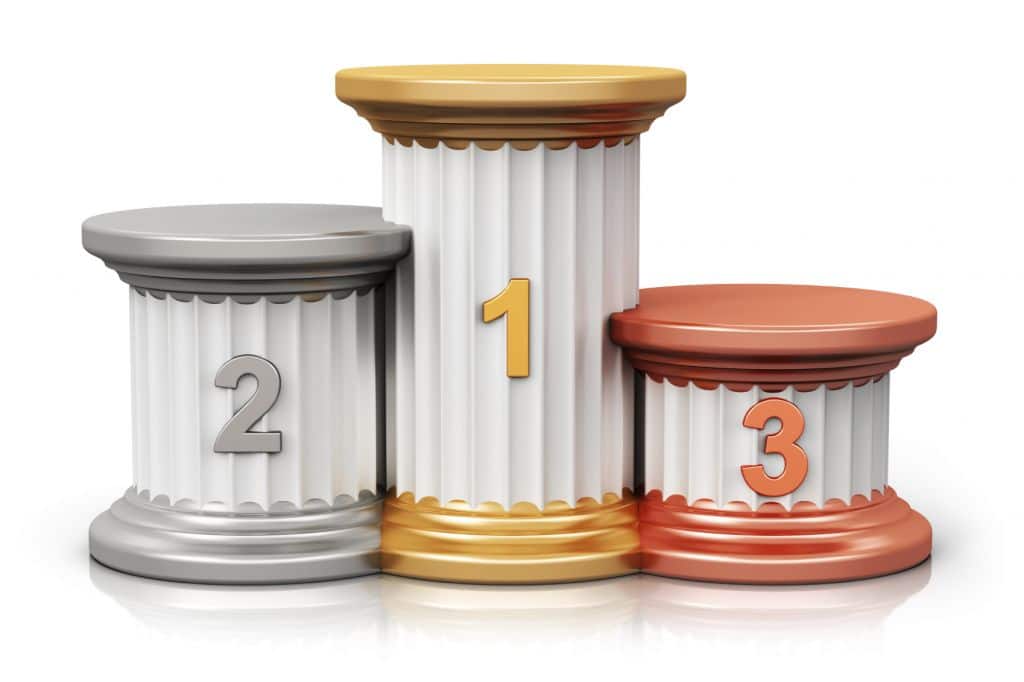Articles that feature lists (like “Top 10” or “Top 5”) are very popular because they are easy to read and provide information quickly and directly. They can cover a wide range of topics, from products to tips in different areas. In this article, we'll explore the effectiveness of lists and rankings as a content format, discuss how they can be useful in various situations, and provide examples of apps that make use of this format to make users' lives easier.
Lists and Rankings in the Digital Era
Lists and rankings are an effective way of presenting information in the digital age, where people's attention is often scattered and limited. The structure of these articles allows readers to access information quickly, without the need to read long text. This is especially useful when it comes to recommendations, product or service comparisons, and even tips for solving specific problems.
When creating a list or ranking, the author commits to highlighting the best in a given category. This saves time for readers, who don't need to conduct extensive research to make informed decisions. Furthermore, the formatting of the lists makes it easier to compare options, helping to choose the best alternative.
Applications that Use Lists and Rankings
Now, let's highlight five applications that take advantage of the list and ranking format to provide useful information and make users' lives easier. Follow below:
1. Todoist (To-Do List)
O Todoist is a to-do list app that allows users to organize their daily activities efficiently. It offers features like task prioritization, due dates, and even integrations with other apps, making it a popular choice for those looking to improve productivity.
With a simple and intuitive interface, Todoist allows users to create personalized task lists, defining deadlines and priorities. Additionally, it offers integrations with calendars and reminders to help keep the user on track.
2. IMDb (Movie and TV Show Ratings)
O IMDb is a go-to when it comes to information about movies and TV shows. It provides detailed rankings and ratings for a wide variety of productions, helping moviegoers choose what to watch.
In addition to reviews, IMDb offers information about the cast, production team, release dates, and more. Film and series rankings are frequently consulted by those looking for quality entertainment.
3. TripAdvisor (Travel Reviews)
O TripAdvisor is a platform known for its rankings and reviews of tourist destinations, hotels, restaurants and attractions. It has become a reference for travelers who want to plan their trips based on the experience of others.
Users can access detailed reviews, photos and ratings to make informed decisions about where to stay, where to eat and what activities to do while traveling. This saves time and avoids unpleasant experiences.
4. CNET (Technology Analysis)
O CNET is a trusted source of technology product reviews and rankings. They range from smartphones to smart home devices, helping consumers choose the best products according to their needs.
CNET's in-depth reviews, scores and rankings are valuable for anyone looking to purchase high-quality electronics and gadgets.
5. Goodreads (Books and Literary Reviews)
O Goodreads It is a paradise for reading lovers. It offers recommended book lists, reader reviews, bestseller rankings, and even reading challenges.
With a huge community of readers, Goodreads helps book lovers discover new works, track their reading progress, and share their literary opinions.
Advantages of Lists and Rankings
Lists and rankings offer significant advantages, both for those who create content and for those who consume it. Some benefits include:
- Ease of Reading: Simplified formatting makes content more accessible.
- Time saving: Readers can get information quickly.
- Informed Decisions: Rankings and lists help you make informed decisions.
- Organization: Organized structure is useful for multiple purposes.
FAQ about Lists and Rankings
1. Why are “Top 10” lists so popular?
“Top 10” lists are popular because they condense important information into an easy-to-consume format. They are ideal for readers who want a quick, straightforward look at a given topic.
2. How can I create an effective list?
To create an effective list, start by clearly defining the topic and purpose of the list. Then, organize the items logically and provide useful information about each one.
3. What to consider when creating a ranking?
When creating a ranking, take into account criteria that are relevant to the topic. Be transparent about how items were classified and provide a clear explanation of the classifications.
4. Are lists and rankings appropriate for all types of content?
While lists and rankings are suitable for a wide range of content, it's important to choose the format that best meets the needs of your topic and target audience.
5. How can I use lists and rankings on my website or blog?
To use lists and rankings on your website or blog, identify topics relevant to your audience and create informative, well-structured content. Consider using list building tools to simplify the process.

Conclusion
Lists and rankings continue to be an effective way to present information quickly and directly. With the growing demand for easily accessible content, this format has become a valuable tool for both content creators and consumers. Therefore, consider incorporating lists and rankings into your content creation strategy to provide useful and engaging information to your audience. Take advantage of the simplicity of this format and make a difference in your field.

